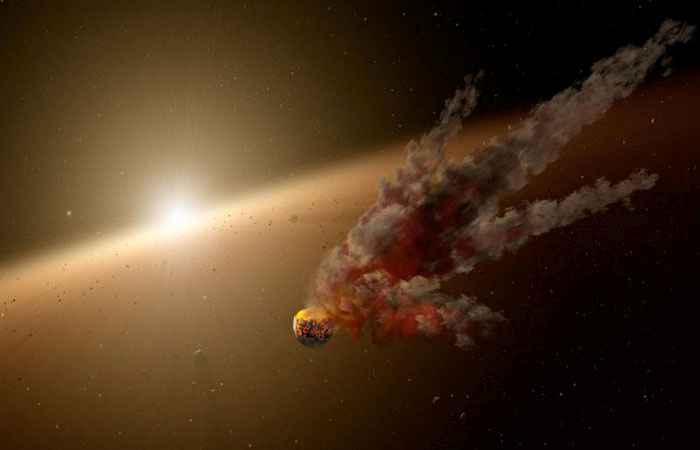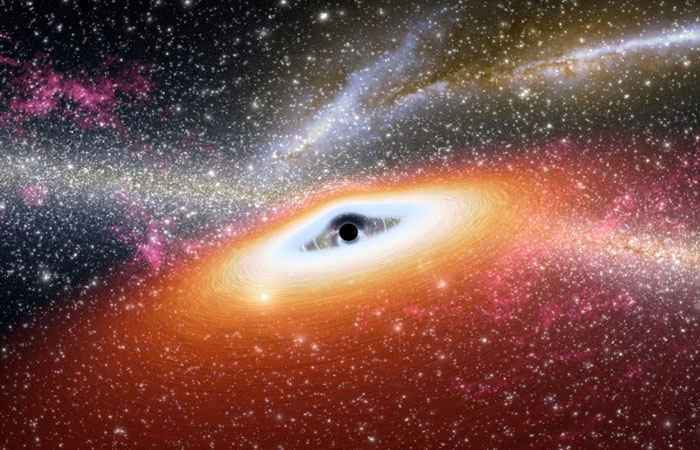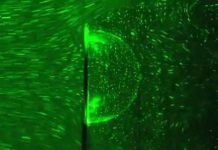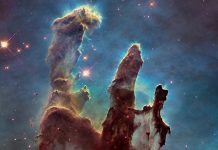9. Splitting of a solar system
Spitzer Discover collision in a solar system. It produced dust around the young star. The collision or Splitting played a very important role in the formation of planets and other parties in space or solar system.
Spitzer has found proof of many rocky collisions in different solar systems, together with one involving 2 massive asteroids.
8. Exoplanet Atmospheres
In 2007, Spitzer has directly identified molecules in the atmosphere of exoplanets. Scientists used a technique called spectroscopy to identify chemical molecules in two different gas exoplanets. These “hot Jupiter” is called HD 209458b is made of gas, but move much closer toward suns than the gas planets in our own solar system.
Spitzer has an ability to directly identify the molecules of exoplanets. Spectroscopy is a technique used by scientist to identify the chemical molecules of exoplanets. Speech that made easy to identify the atmosphere of exoplanets significantly.
7. Black holes
Black holes are the centre of most galaxies. Galactic black holes are usually surrounded by dust and gas structures. Quasars is name of black hole and its surrounding.
Spitzer’s two quasars discovered by Spitzer distanced 13 billion years to reach Earth, meaning they were formed less than 1 billion years after the birth of the universe. Spitzer discovered black hole and also described the history of the formation of Galaxies.


















